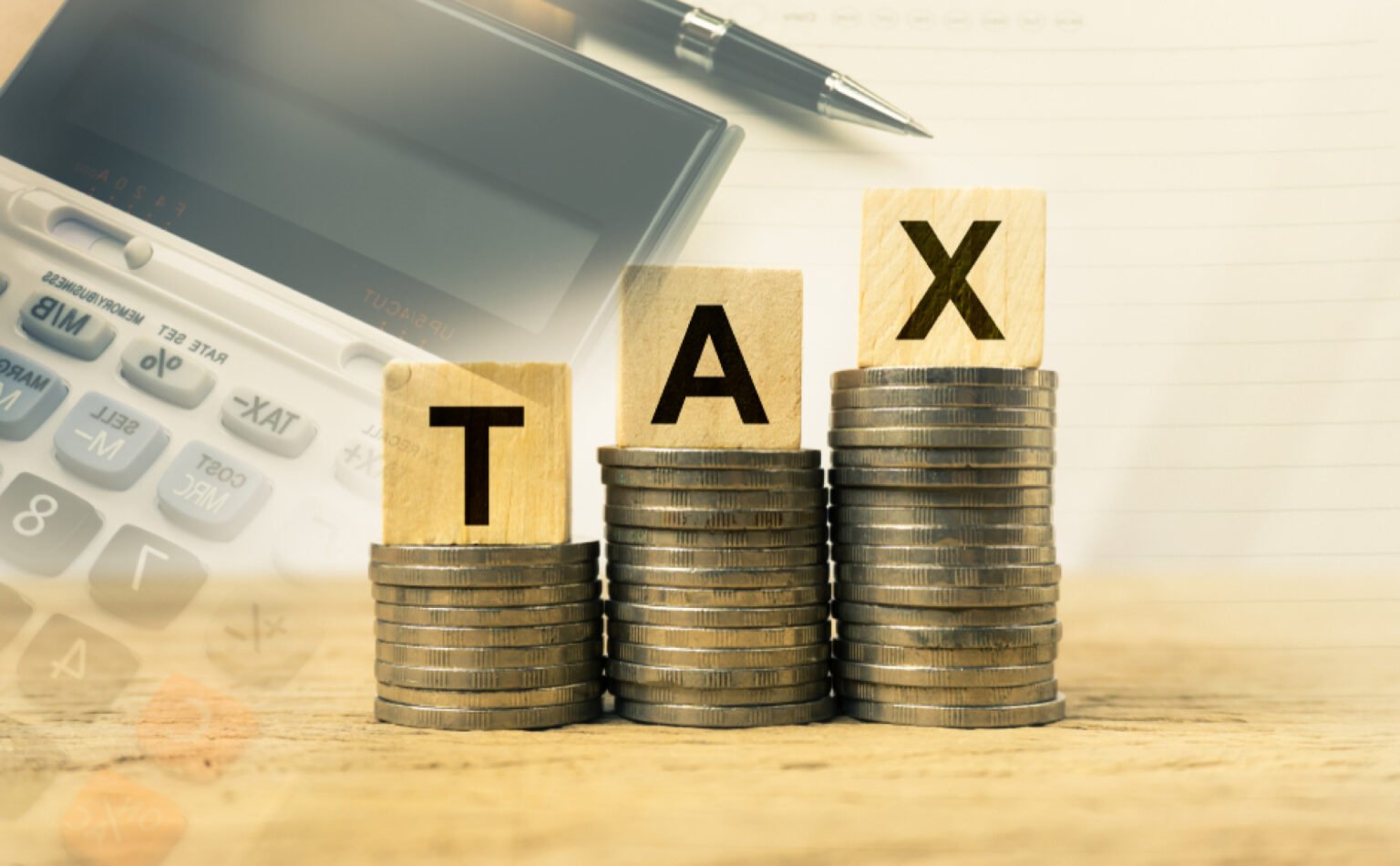Islamabad: Pakistan encounters a significant tax-evasion issue, amounting to approximately Rs5.8 trillion annually, which represents 6.9% of the nation’s GDP. A substantial portion of this tax evasion, estimated at Rs996 billion, is attributed to the POL (Petroleum, Oil, and Lubricants) products sector, primarily due to smuggling and other illicit activities.
During a presentation attended by Prime Minister Shehbaz Sharif and the Special Investment Facilitation Council (SIFC), it was revealed that the annual estimated revenue gap due to tax evasion was approximately Rs5.8 trillion, based on the fiscal year data of 2022-23.
The individuals were informed that there were allegations of oil being smuggled into Pakistan via Iran and other border regions.
Estimated annual evasion amounts in various sectors are as follows: retail sector at Rs888 billion, transport sector at Rs562 billion, independent power producers (IPPs) at Rs498 billion, smuggled-prone items at Rs355 billion, exports at Rs342 billion, and real estate at Rs148 billion. In the ‘others’ category, the annual evasion is estimated to be Rs1.607 trillion.
The most significant tax evasion occurs within Sales Tax, potentially reaching approximately Rs2.9 trillion annually. Additionally, the annual customs gap is estimated at around Rs0.6 trillion (Rs600 billion), encompassing under-invoicing and smuggling.
Conversely, the International Monetary Fund (IMF) has determined in their Diagnostic Report that the policy-level tax gap is not excessively high, with a potential maximum of 12.9% of GDP.
In the presentation delivered to the premier and SIFC, they examined the emergence of a compliance disparity between total income and expenses. The federal tax revenues accounted for 9.1% of the GDP, whereas non-tax revenues were at 1.2% of the GDP.
The proportion of provincial taxes contributing to the GDP remained approximately 1% of the total GDP. Meanwhile, the overall revenues accounted for 11.4% of the GDP.
In terms of spending, the federal expenditure accounted for 12.9% of the GDP, whereas provincial expenditure contributed approximately 6.1%. Consequently, the total expenditure reached 19% of the GDP. There is a 7.6% GDP gap between the nation’s total revenues and expenditures. The presentation suggests that enhancing tax compliance could help bridge this gap, adding 5.8% of the GDP to the national funds annually.
The economist explained to the reporter that tax evasion, which can be referred to as a fiscal gap or deficit, is funded through domestic and international borrowing. As a result, the nation finds itself trapped in a cycle of debt.
Considering the current financial situation, the government is exploring options to revamp the Federal Board of Revenue (FBR) through the establishment of a Federal Policy Board, dividing the Tax Policy Office, implementing joint valuations, separating Customs and Inland Revenues, collaborating with Nadra, restructuring PRAL, adopting digital invoicing, implementing SWAPS, introducing the Tajir Dost Retailers Scheme, enforcing documentation laws, and establishing a modern governance structure with oversight boards.


